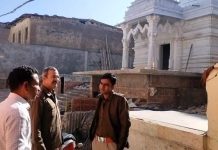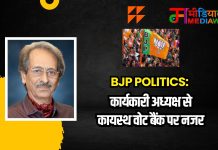
Glimpses from History – European Settlements along Ganga in Bengal
I visited Chandernagar and Serampore, both situated on the western bank of the river Ganga and which were at one time French and Danish settlements respectively. In Chandernagar I visited Governor House, which is now Dupleix Museum ( named after Governor Dupleix) under ASI. I also visited Sacred Heart Church and riverfront Strand. In Serampore we visited the Danish Administrator House and St. Olav’s Church.

The discovery of sea route from Europe to India by Vasco da Gama in 1498 attracted many European powers for the lucrative trade with India. Apart from the western coast, it was the rich cotton and other luxurious goods of Bengal which attracted the most. Ganga is easily navigable by ships from the sea upto 200 km Inside. Many European nations formed their own East India Companies and came with their navy and merchant ships during the Mughal reign. They all made their settlements along the banks of Ganga
so that it can be protected by the guns of their ships. The anchored ships also served as safe refuge during attacks on their settlements by local rulers.

I read the Gazetteers of 24 Parganas district. The first to come were the Portuguese in 1537 who settled along the bank in Satgram and started trading. They were driven out in 1632 by the Emperor Shahjahan. The Dutch settled in Chinsurah near Hooghly town in 1656. They handed over their settlement to the British in 1825. The French came in 1673 and established their settlement at Chandernagar. They retained it, along with Pondicherry in south, till India got independence. Chandannagar became part of West Bengal by a gazette notification of July 18, 1952.


The most important of the European powers, England came to this part of India in 1651 and settled in Hooghly town. But they later shifted to downstream on the eastern bank to a village Sutasuni. Charnock, an English man made some hovels in 1687 on the muddy banks of this village. Later this place came to be known as Calcutta which eventually became the capital of India. The administrators in the European settlements constantly fought with the local administrators of the Moghul and the nawabs. Gradually the British rose in power and constructed Fort William in Calcutta. The British with a very small contingent of armed men and a few guns and assisted by a traitor Mir Jafar defeated Siraj-ud-Daulah, the Nawab of Bengal in the battle of Plassey in 1757.
The history is well known after this.







